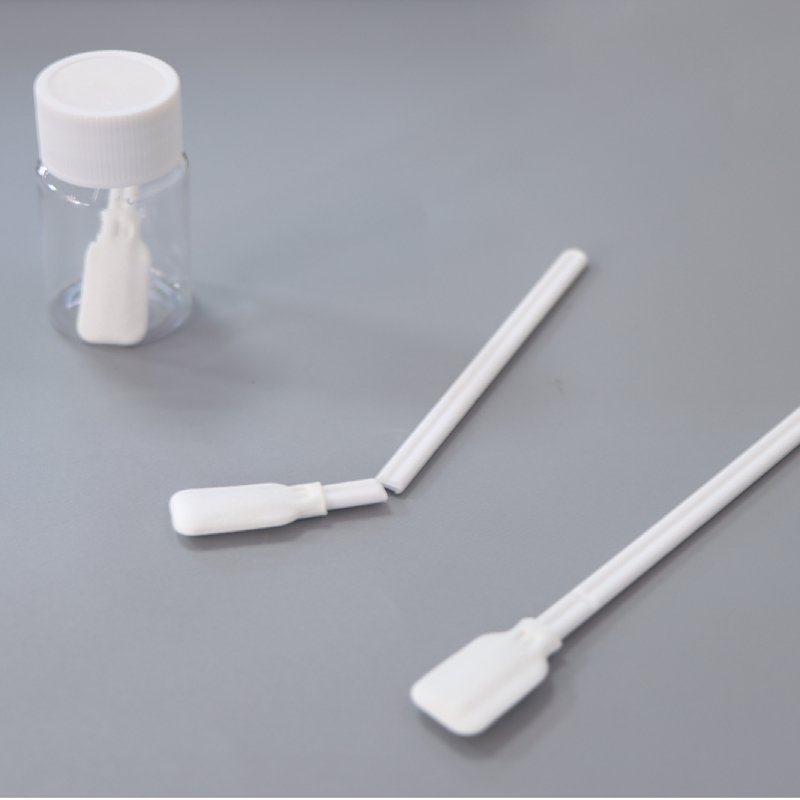In biopharmaceutical manufacturing, controlling contamination is not just a quality measure—it is a regulatory requirement. Every step, from raw material handling to final product packaging, must take place in a controlled environment that meets strict cleanliness standards. The European Union Good Manufacturing Practice (EU GMP) and the World Health Organization (WHO) define four main cleanroom grades—A, B, C, and D—that guide facility design and operation. Understanding how these grades are defined and applied is essential for compliance and for maintaining product safety.
Overview of GMP Cleanroom Grades
Cleanroom grades are determined by the maximum allowable levels of airborne particles and microorganisms. They also differ depending on whether the room is “at rest” (with equipment installed and operating but no staff present) or “in operation” (with personnel carrying out manufacturing activities).
| GMP Grade | ISO 14644-1 Equivalent | 0.5 μm Particles/m³ (At Rest) | 0.5 μm Particles/m³ (In Operation) |
|---|---|---|---|
| A | ISO Class 4 | 3,520 | 3,520 |
| B | ISO Class 5 | 3,520 | 352,000 |
| C | ISO Class 7 | 352,000 | 3,520,000 |
| D | ISO Class 8 | 3,520,000 | Not defined |
Detailed Grade Descriptions and Applications
1 Grade A
Key Features:
-
Highest level of environmental control in GMP manufacturing
-
Typically achieved through laminar airflow systems with ≥ 0.45 m/s air velocity
-
Continuous monitoring of particle counts and pressure differentials
Typical Applications:
-
Aseptic filling of vials and syringes
-
Open ampoule filling
-
Sterile product preparation requiring direct exposure to the environment
Control Methods:
-
Use of isolators or restricted access barrier systems (RABS)
-
Operators wearing full sterile gowning
2 Grade B
Key Features:
-
Serves as the background environment for Grade A zones
-
Maintains strict particle and microbial limits to support aseptic operations
Typical Applications:
-
Surrounding area for open aseptic processing lines
-
Preparation rooms where sterile components are handled before entering Grade A
Control Methods:
-
High-efficiency particulate air (HEPA) filtration
-
Strict gowning procedures with low-shedding garments
3 Grade C
Key Features:
-
Moderate control level, still requiring HEPA-filtered air
-
Less stringent than Grades A and B, but still essential for upstream sterile production steps
Typical Applications:
-
Preparation of solutions that will be sterilized later
-
Equipment preparation before sterilization
Control Methods:
-
Regular cleaning with approved disinfectants
-
Environmental monitoring for particles and viable microorganisms
4 Grade D
Key Features:
-
Lowest cleanroom grade under GMP classification
-
Designed for low-risk processes in sterile manufacturing
Typical Applications:
-
Handling of components prior to cleaning
-
Secondary packaging of sterile products
Control Methods:
-
Basic cleanroom gowning and environmental control
-
Scheduled cleaning and disinfection programs
Comparative Table of Grades
| Grade | ISO Class | Typical Operation | Particle Control Level | Example Activities |
|---|---|---|---|---|
| A | ISO 4 | Aseptic filling, open product | Very high | Sterile vial filling |
| B | ISO 5 | Background for Grade A | High | Surrounding aseptic processing |
| C | ISO 7 | Pre-sterilization preparation | Medium | Solution compounding |
| D | ISO 8 | Low-risk handling | Basic | Component cleaning, packaging |
Regulatory and Testing Requirements
The classification and monitoring of cleanrooms are covered by:
-
EU GMP Annex 1: Defines environmental grades for sterile manufacturing
-
WHO GMP: Provides global guidance, often harmonized with EU standards
-
ISO 14644-1 and ISO 14644-2: Specify airborne particle classification and monitoring methods
Testing includes:
-
Particle counts for both 0.5 μm and 5.0 μm particles
-
Microbial monitoring using settle plates, active air samplers, and surface swabs
-
Pressure differential checks between zones to prevent cross-contamination
Conclusion
Cleanroom grades A through D form a layered defense against contamination in biopharmaceutical production. Grade A provides the most stringent control for critical operations, while Grade D supports low-risk tasks. Designing facilities with a proper flow from lower to higher grades—and ensuring that each grade meets its particle and microbial limits—is essential for regulatory compliance and product quality.




